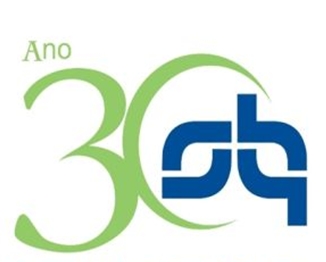 |
||
|
||
|
|
 |
||
|
||
|
|
:: Menu :: |
| :: Conferências Plenárias :: |
Abstract
“A Bioinorganic Perspective on Dioxygen Reactivity in Copper and Heme-Copper Coordination Complexes” Kenneth D. Karlin Copper proteins, including heme/Cu containing cytochrome c oxidase (CcO), process dioxygen in biological systems, functioning in O2-transport, oxygenase activity (i.e., O-atom insertion into organic substrates) and O2-reduction to hydrogen peroxide or water. A brief overview of some of the relevant protein chemistry will be presented. Our research aims to contribute to a fundamental understanding of O2-reactivity at copper or heme/Cu centers via the examination of synthetically derived chemical model systems. In this context, results from particular chemical studies will be described: (i) The kinetics of binding of dioxygen to a copper complex with a tetradentate chelating ligand have been studied, by employing a photochemical ‘flash-and-trap’ technique. This has allowed the elucidation of the fast kinetics of copper(I) binding of O2, giving a CuII(O2•–) product, and comparisons to heme proteins such as hemoglobin and myoglobin will be made. (ii) The reactivity of mononuclear copper-superoxide or hydroperoxide species, i.e., CuII(O2•–) and CuII(–OOH), respectively, is of considerable current interest. Recent results concerning substrate oxidation by such complexes will be presented. (iii) Model systems for CcO O2-binding and reduction are being pursued and dioxygen reactions with reduced (heme)FeII…CuI ensembles lead to peroxo-bridged FeIII-(O22–)-CuII complexes. These have been characterized by a variety of spectroscopic or physico-chemical approaches. The significant effect of the nature of the copper-ligand on the FeIII-(O22–)-CuII structure and physical properties will be emphasized. Initial results concerning O-O bond cleavage in a FeIII-(O22–)-CuII system may also be mentioned.
|